Waterfall Discovery Changes What Researchers Believed About Evolution
The discovery of a man-made structure dating back several hundreds of thousands of years to the early Stone Age has profound implications for our understanding of our ancient ancestors.
Found close to a picturesque Kalambo Falls in Africa, the archaeological site of interest provided researchers with evidence suggesting that those living during this period were far more advanced than once thought.
Ancient Structure Found Close to Kalambo Falls
A team of researchers from Aberystwyth University, in collaboration with a group from the University of Liverpool, were working at the Kalambo Falls in Zambia when they came across the remains of an ancient structure.

Source: Wikimedia
Upon further investigation, they discovered a well-preserved wooden structure that was constructed before homo-sapiens emerged on the continent.
Earliest Structure Ever Discovered
The researchers working at the site revealed that the deliberate placement of logs to support a structure is the earliest recorded example.
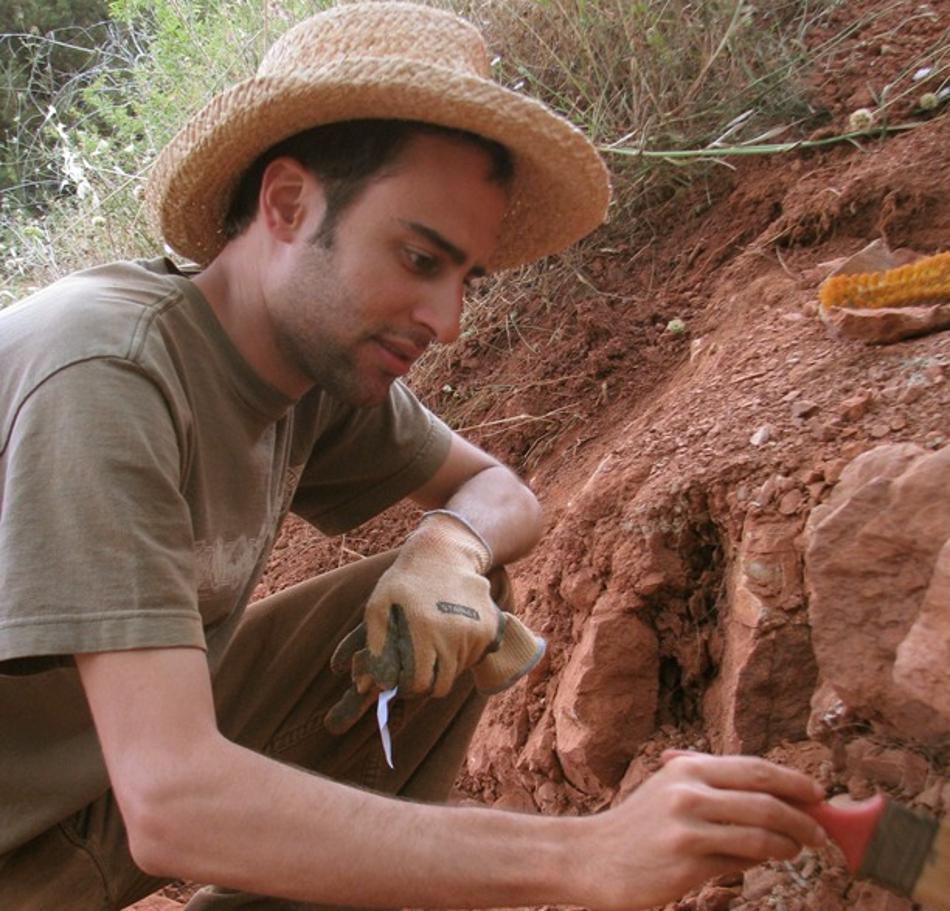
Source: Wikimedia
Following the excavation of the site, archaeologist’s shared the results of their study in the journal Nature, which shed light on the discovery’s fascinating aspects.
Over 450,000 Years Old
After meticulously examining the wooden structure, the team concluded that the wood bore numerous cut marks, which were caused by the builders’ stone tools. It’s thought the two large logs discovered at the site may have once formed part of a foundation platform.
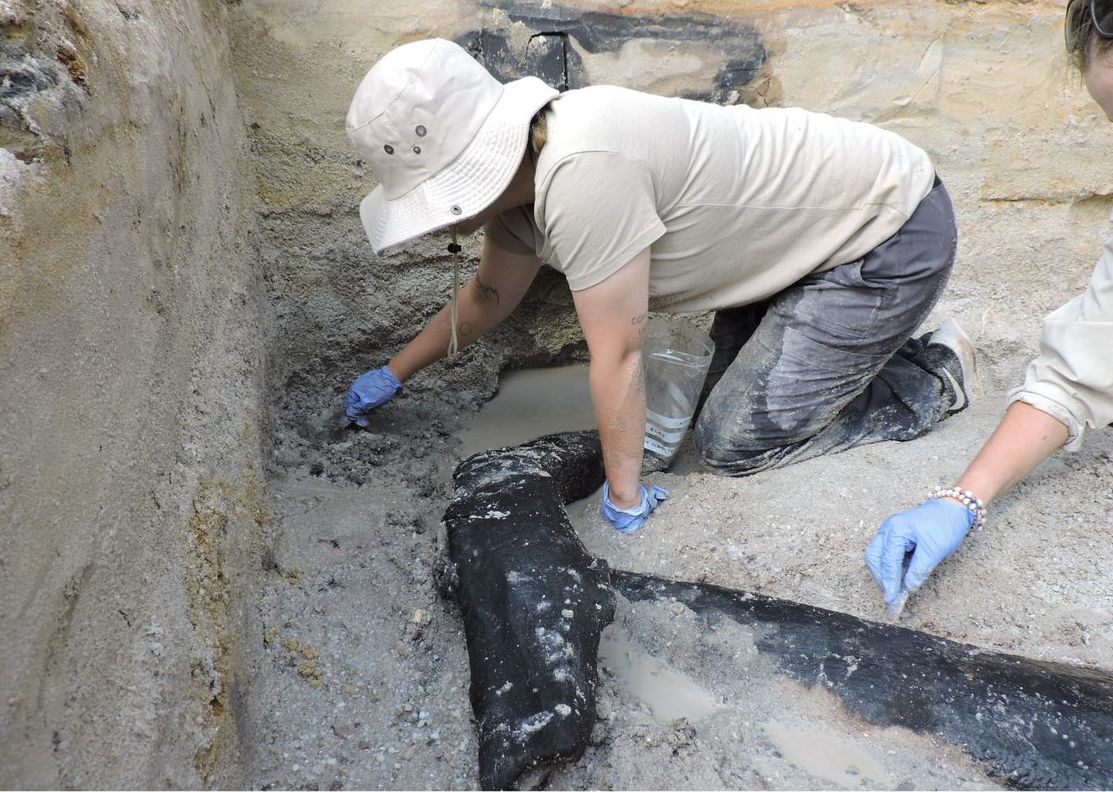
Source: University of Liverpool
After using various methods, the team proposed that the structure was built around 476,000 years ago, which means it was constructed before the emergence of modern humans.
Wooden Structure Preserved, Thanks to Waterfall
Before discovering this unique wooden structure in Africa, evidence suggesting ancient hominins utilized wood was almost nonexistent except for making fires and spears.

Source: Wikimedia
The study explained that wood is rarely found at ancient sites as it typically rots very quickly. However, due to the high water levels at Kalambo Falls, it was perfectly preserved for nearly half a million years.
New Evidence Challenges Prevailing View
Regarding the implications of the new study, researchers suggest the evidence undermines the theory that hominins living during the early Stone Age were primarily nomadic.
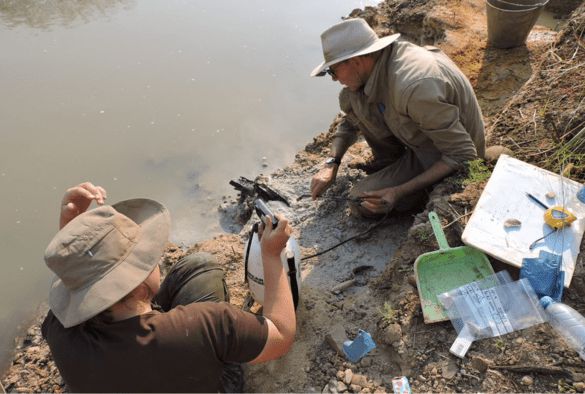
Source: University of Liverpool
Researchers note that the Kalambo Falls was a crucial water source, and plenty of food could have been sourced from the surrounding forests, suggesting it was the perfect location for a small settlement.
How Human Technology Developed During the Stone Age
The study is part of a new project set up by researchers called the “Deep Roots of Humanity,” which aims to investigate how human technology developed throughout the Stone Age.

Source: Wikimedia
Lary Barham, a Liverpool University professor currently leading the project, explained, “This find has changed how I think about our early ancestors. ‘Forget the label “Stone Age,” look at what these people were doing – they made something new and large from wood.”
Ancient Hominins Were More Like Modern Humans Than Previously Thought
Professor Barham suggested the inhabitants of the site at Kalambo Falls “Used their intelligence, imagination, and skills to create something they’d never seen before, something that had never previously existed.”

Source: Wikimedia
“They transformed their surroundings to make life easier, even if it was only by making a platform to sit on by the river to do their daily chores. These folks were more like us than we thought,” said the researcher.
Dating of the Wooden Structure
The dating of the site was carried out by scientists from Aberystwyth University who used highly advanced luminescence techniques. This allows researchers to discern the last time the minerals in the sand surrounding the wood were exposed to sunlight.

Source: Freepik
“At this great age, putting a date on finds is very challenging, and we used luminescence dating to do this,” said Professor Geoff Duller from Aberystwyth University.
New Dating Methods Have Far-Reaching Implications for African Waterfall Sites
Similar wood was discovered during earlier excavations at Kalambo Falls. However, the researchers couldn’t date the examples found during the 1960s due to insufficient technology.

Source: University of Liverpool
“These new dating methods have far-reaching implications – allowing us to date much further back in time, to piece together sites that give us a glimpse into human evolution,” said Duller.
300,000-Year-Old Wooden Tools
During the most recent excavation at the site, researchers also discovered several wooden tools dating back to between 390,000 and 324,000 years ago.
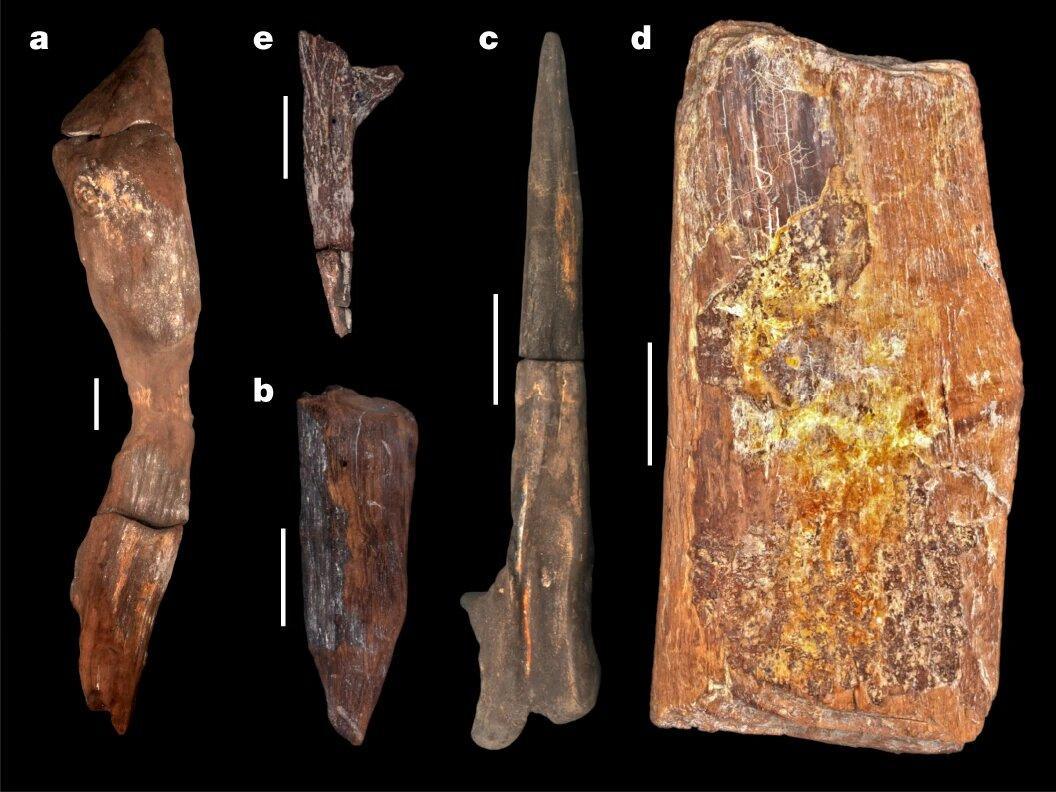
Source: Nature Journal
“The finds show an unexpected early diversity of forms and the capacity to shape tree trunks into large combined structures,” the authors concluded.
A Revolution in the Archaeological World
According to Duller, the evidence found at the site has revolutionized our understanding of ancient hominins and their capabilities.
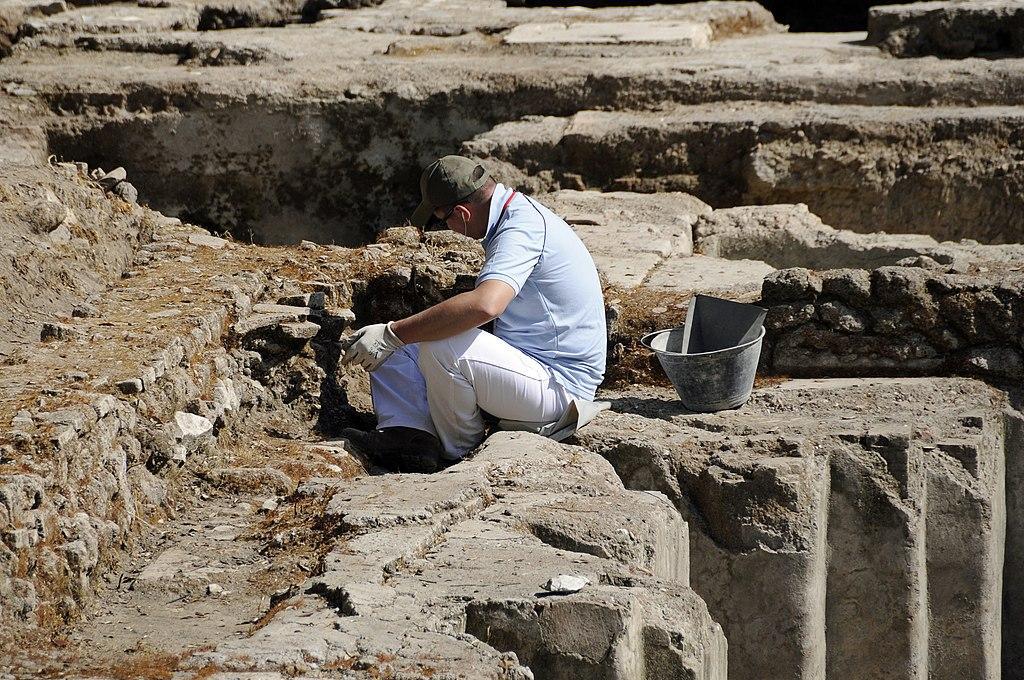
Source: Wikimedia
“These new data not only extend the age range of woodworking in Africa but expand our understanding of the technical cognition of early hominins, forcing re-examination of the use of trees in the history of technology,” he said.
